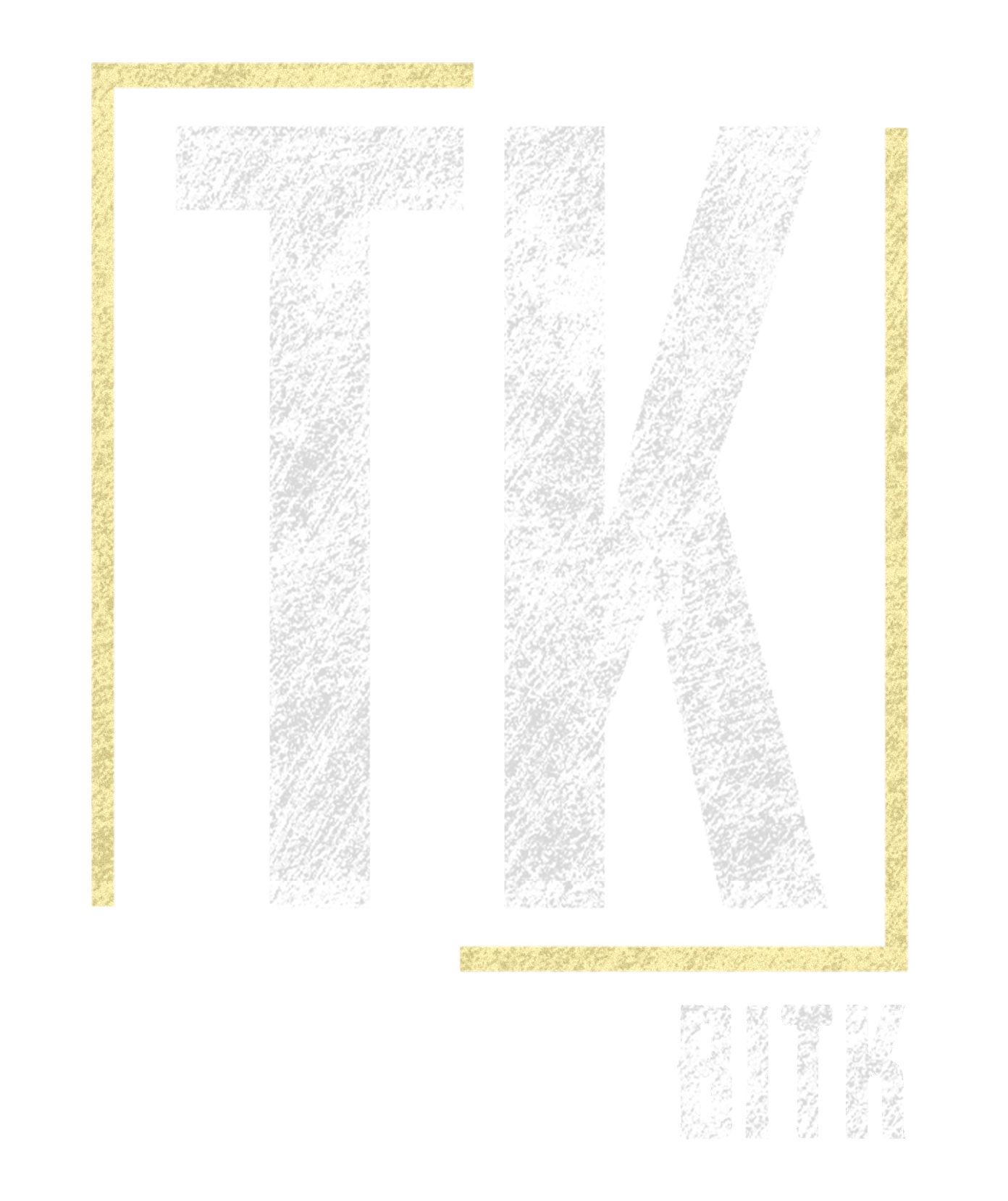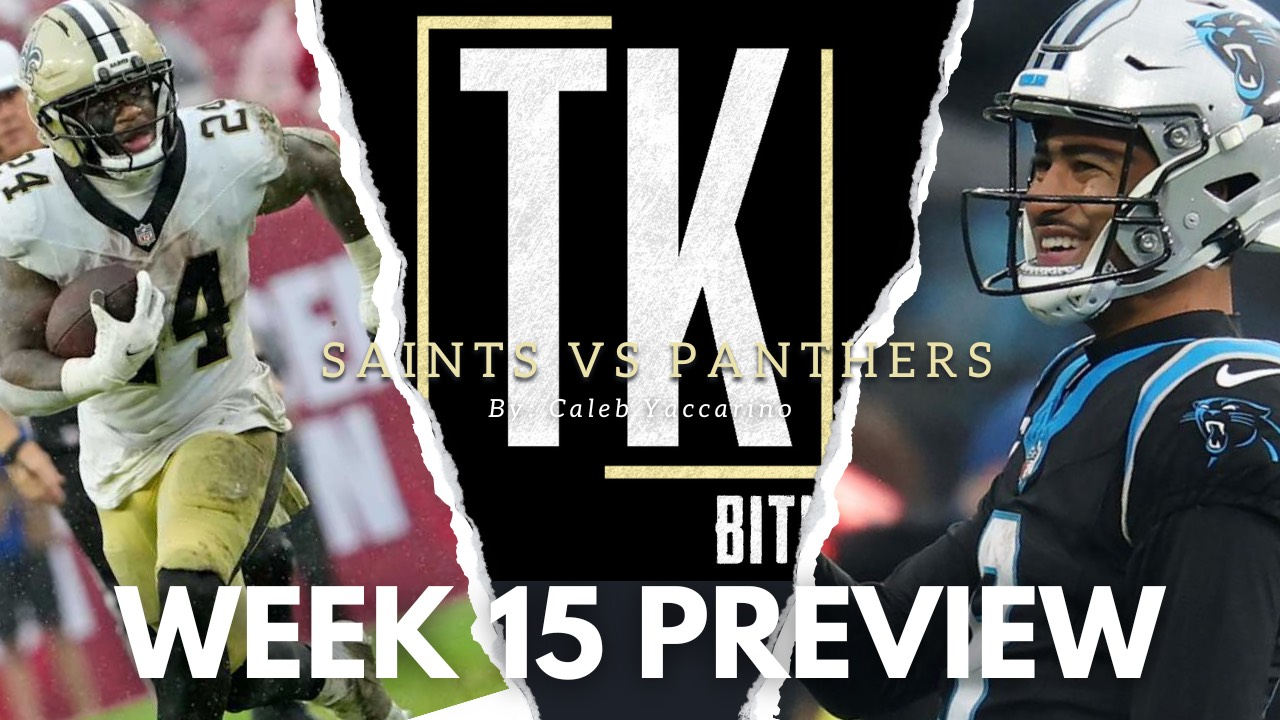What's Next For The Breakers?
The Season is Over, but the League is not
As the inaugural season comes to and end and the Birmingham Stallions are crowned champions I have to think of the proverb "All good things must come to an end". While not perfect, I was extremely happy to watch a home team that was easy to cheer for. Just like the NFL, the USFL season flew by and left me wanting more and fortunately that desire was met with the announcement that the USFL will not only return for a second season but play in multiple cities. There will be no new teams, but only the second season with current rosters adding more teams at this point would likely just spread viewership too thin in a league that is trying to defy the odds. The New Orleans Breakers will likely not make any huge changes, but let's go over what they can do to improve.
Coach Fedora needs to do better
Coach Fedora did not seem very flexible in his play-calling, or adjusting on the fly when you could see a guy struggling. It was fairly obvious the offensive line struggled, and Sloter did not feel comfortable with putting a lot of faith in his legs or his back leg to really "push" the ball down the field. Yet, we still never saw an adjustment to this despite other coaches making this adjustment in the middle of the games. The most recent example was the semifinals game against the Stallions. Coach Holtz (who looks like every "villain" head coach in every football movie) made an adjustment at the half and started throwing less down the field and more into the weakness of a pass rush that was ranked at the top of the league and near the end of the game you could see the Breakers defensive line was just tired. Coach Fedora should have made these adjustments on the fly but hopefully they will see it during the offseason and return with a better passing game suited to Sloter's strengths.
Make it a competition at QB
Sloter ranked at the top of the league in a lot of categories, unfortunately, even the negative ones. It seemed like he did 5 things right but 4 things wrong, my NFL comparison all season was Baker Mayfield. The eye test tells you he should be on the field and playing professional football, he just makes bad reads and poor decisions that follow. It seemed Sloter was just as unlucky as he was lucky. They brought in Shea, and had Smith come off the bench a few times but in never really felt like Sloter's job was actually in jeopardy. I hope next season/through the offseason they give Shea a chance, and allow it to truly be a competition under center and we find success with a motivated signal caller like the Stars had with Case Cookus.
Hold on to TE Sal Cannella at all cost
I can't say a lot negative about Sal Cannella outside of he just seemed like he would disappear sometimes. I am not sure if this was by design to get the ball to the outside more or just not going through progressions but he is clearly special. There is bound to be a couple of phone calls about USFL players making the jump to the NFL and the only way I would enjoy it is if I heard it was the New Orleans Saints trying to find depth at the TE position and wanted to give him a go. At the end of the semifinals game Coach Holtz of the Stallions went and found Cannella and told him that they wanted to pick him but New Orleans beat them to it, so he is a desirable asset. I am not sure how trades and the like will work with the USFL going forward, but I do know he is a commodity the Breakers should look to build around instead of allowing to fade to the background.
Until next year
Despite the season ending, it still felt like a huge success. A lot of the games that featured the Stallions were decently packed with Stallion fans so every game for them felt like a home game, and that team that likely had the best chance at fans also won the trophy. The league got renewed and is back for a second year, so the Breakers have another chance to gain even more attraction in the city of New Orleans and bring offseason football to the forefront. The league adapted as the season went on, had a great show out in Canton, OH for the championship game, and showed there is interest for the right idea that does not have to be directly attached to the NFL. Until next year, #MakeWaves!
A quick share helps us a lot!



